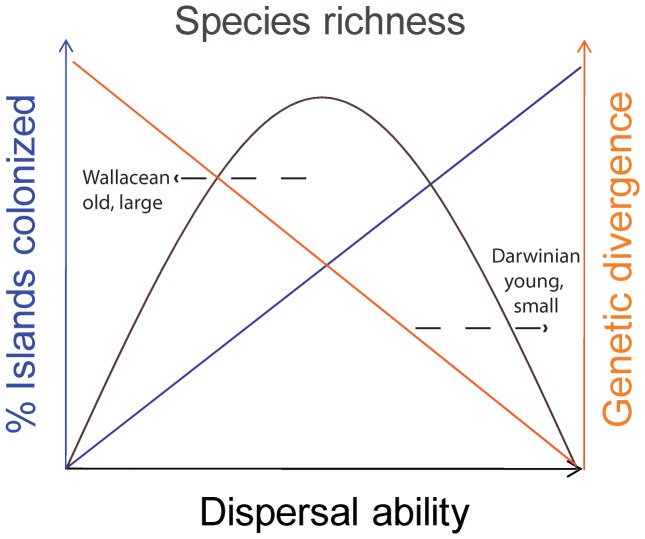Figure 1. A graphical representation of the IDM.
In co-distributed lineages of similar ages, dispersal ability (Fig. 1: x axis) positively, though not necessarily linearly as presented in this simple model, correlates with the number of isolated patches/landmasses a lineage will come to occupy (Fig. 1: y axis). On the other hand, dispersal ability will negatively, again not necessarily linearly, correlate with genetic divergence among populations (Fig. 1: z axis), as good dispersers maintain higher rates of gene flow [13]. The inevitable consequence of these two factors is the prediction that intermediate dispersers will be the most diverse: the poorest dispersers will not be able to colonize isolated landmasses, severely limiting opportunities for diversification, while excellent dispersers will repeatedly colonize many landmasses and maintain gene flow among them. Intermediate dispersers, however, have the opportunity to colonize new landmasses, but do so rarely enough so that colonization restricts gene flow among populations, leading to genetic divergence and eventually speciation [12]. A skew towards high diversity of relatively poorer dispersers is expected on large, old, Wallacean (fragment) islands, while small, young, Darwinian (de novo) islands will be home mostly to relatively good dispersers.

